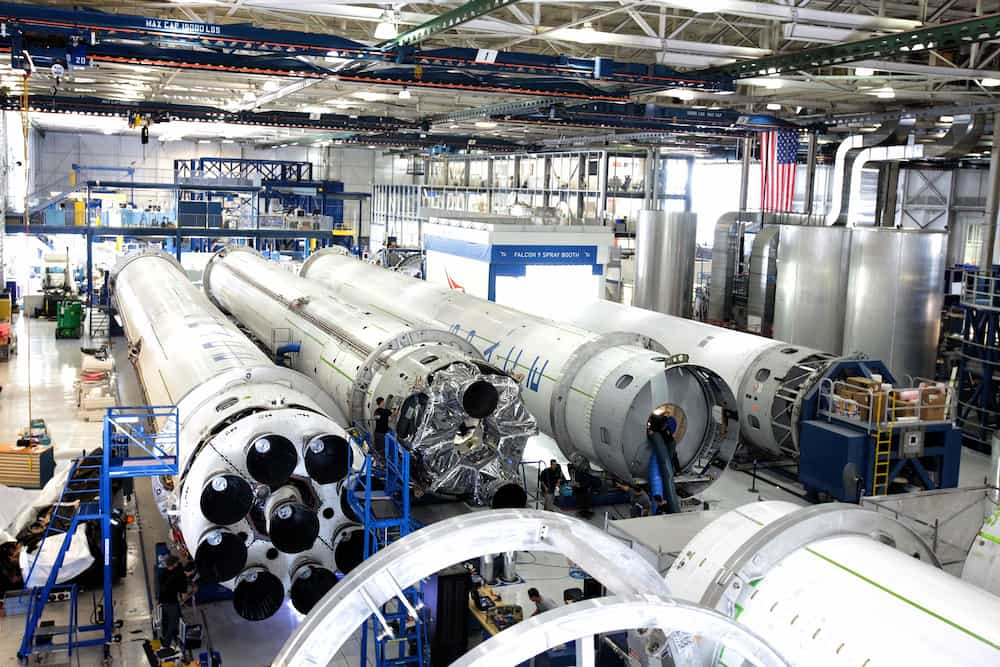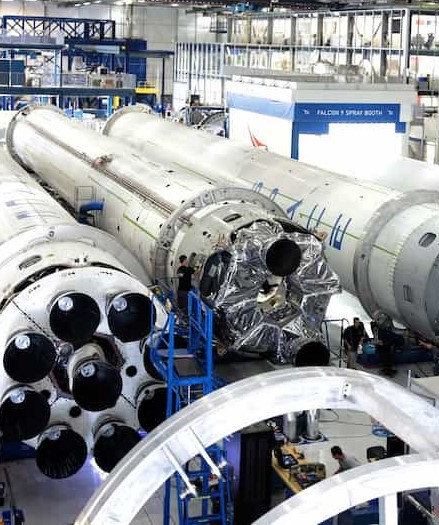Lean Management at the service of factories
Companies are facing many changes in their environment, such as customers, suppliers, regulations or competitors.
In order not to lose competitive advantage or market share, companies must optimize their production flows to be in a continuous improvement process.
To improve these production flows, many factories use Lean Management, which aims to eliminate waste, and whose popularity continues to grow.
The Gemba Walk
One of the first and easiest tools to implement for the optimization of production flows is the Gemba Walk, also called “field visit”. During a Gemba Walk, the manager goes directly to the production line, where the added value is created.
He asks questions to the operators, which allows him to understand where the waste in the plant can come from and to solve the problems according to the observations made.
Flow mapping and VSM
To go further in the visualization of the activity, the most used method is the flow mapping, also called Value Stream Mapping (or VSM).
It allows to visualize in a synthetic way all the activities taking place on the value chain, and to identify the part of creation of added value and non added value in the factory.
Thus, for each flow that circulates, a flow map is built with the actors involved, and each type of flow is identified. In a factory, it is not uncommon for non-value added to represent more than 2/3 of the time spent on the activity.
Knowing how to clearly characterize everything that happens in the factory makes it easier to identify waste in the process, and therefore to rectify it. Among the wastes to be neutralized, we find internal transport or waiting times between processes.
And many other tools…
Many other tools are available to optimize production flows. These include:
- Spaghetti diagrams: a mapping tool that allows you to visualize the movement of employees, materials and information.
- ABC analysis: a management method that provides a picture of the company.
- Pareto chart analysis: a histogram that ranks several phenomena in order of importance.
- The PDCA approach, or Deming wheel: a cyclical approach to continuous improvement which is formed by the following actions: Plan, Do, Check, Act.
Optimization of production logistics and information flows
In addition to the implementation of these tools, the optimization of production flows in a factory requires the optimization of other aspects of the company.
The production flows in a factory are directly connected to the production logistics, which includes the management of storage processes and the movement of materials in the factory.
Thus, improving the performance of handling equipment or digitizing logistics can have a direct positive impact on production flows.
The same is true for the information flows that circulate between the actors of the supply chain. To optimize production flows, it is important to adopt optimal communication, with the implementation of an EDM (Electronic Document Management), for example.
Written by Emma Guignard







